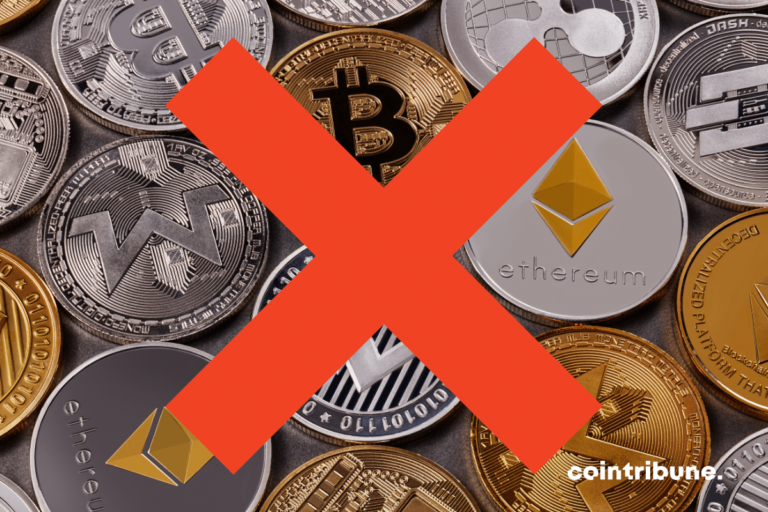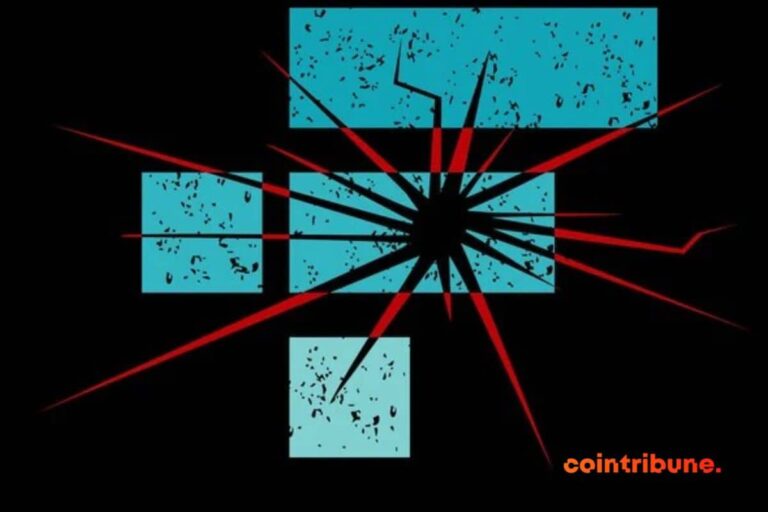
The Brazilian president sent a clear message to the rest of the world from China: stop using the US dollar and trade in your own currencies.
Brazil breaks free from the dollar
Luiz Inácio Lula da Silva defied the empire from his first state visit to China. Lula said the BRICS should create an alternative international currency to the dollar.
“Every night, I wonder why all trade has to be done in dollars,” he said during an impassioned speech at the headquarters of the Shanghai New Development Bank, also known as the “BRICS Bank”.
“Who decided that the dollar would be the international currency after the disappearance of the gold standard? Why can’t we trade with our own currencies? »he added, arousing thunderous applause.
For Lula, the Bank of BRICSchaired by former Brazilian President Dilma Rousseff, is to replace the International Monetary Fund and launch an alternative international currency.
The Brazilian president castigated the IMF by denouncing the conditions of loans granted to Argentina:
“No bank should asphyxiate the economies of countries as the IMF is currently doing with Argentina. Or as he did for a long time with Brazil and all the Third World countries. »
“Why couldn’t a bank like the BRICS have a currency to finance trade relations between Brazil and China, between Brazil and other countries? It’s hard because we’re not used to [à cette idée]. Everyone depends on one currency, the dollar. »
Lula’s call coincides with growing efforts by Sino-Russian tango to get rid of the dollar.
BRICS > G7
The fact that Brazil and China decided to trade in their currencies is natural given that their annual trade has grown from $90 billion to $172 billion in a decade. What largely set up a direct exchange rate between the real and the yuan, without going through the dollar standard.
It should be understood that the GDP of the BRICS has just exceeded that of the G7 (USA, Japan, France, UK, Italy, Germany, Canada) at purchasing power parity.
The BRICS now represent nearly 40% of the world’s population compared to 10% for the G7. And 31.5% of GDP against 30.7% for the G7.
Indeed, you quickly realize while sightseeing in China that one euro converted into yuan allows you to buy many more things in Beijing than in Paris. Economists therefore compare GDP “at purchasing power parity” to avoid this distortion of reality. That is to say by applying an exchange rate that equalizes the cost of living.
On this account, the Middle Empire is already the world’s leading economic power. Even more worrying for the West, the BRICS are not alone!
Since the announcement of a new reserve currency in 2022, more than 20 countries have applied to join BRICS. And not least.
Saudi Arabia, the United Arab Emirates and Iran are on the doorstep. Or 31% of oil reserves and 25% of gas reserves (50% with Russia). Not to mention countries like Turkey or Indonesia or Mexico.
The pharaonic project of the new silk roads must connect 4.4 billion humans and 65 countries and whose basements contain the major part of the known energy resources.
The extra dollar
We are now experiencing the consequences of the 2008 devaluation (Quantitative Easing, aka money printing) that followed the subprime crisis. It is no coincidence that China started gold shopping right after the Fed’s first QE.
In 2014, China took a tougher stance by ceasing to accumulate foreign exchange reserves in dollars. Today, US debt held by China no longer even represents 5% of US public debt.
The recent freezing of 300 billion dollars and euros belonging to the Russian central bank was yet another shock. The whole world now knows that it is not a good idea to hold dollars.
Especially as it becomes very clear that the United States will not repay its debts. See the shape of the US budget deficit below. More than 700 billion deficit in a single quarter:
The nations are tired of this aid reversed for the benefit of Uncle Sam. The more they accumulate reserves in dollars, the more the United States can get into debt at their expense.
Indeed, these reserves allow Americans to post a trade balance deficit without the dollar collapsing.
Knowing that all this money is very likely never to be reimbursed, like the 300 billion dollars that belonged to Russia. American politicians have more than once threatened Saudi Arabia and China to sit on their dollars…
Hence the ambition of the BRICS to trade in their own currencies. It will also be necessary to create a new reserve currency to store trade surpluses.
Bitcoin as an international reserve currency
It is rumored that the BRICS will announce their new reserve currency at the next summit to be held this summer in South Africa.
The vagueness remains for the moment on the form it will take. Will it be a basket of currencies similar to the IMF’s SDR? A commodity-backed currency? Or simply a return of the Gold Standard? Or a mix of all three?
Unfortunately, as with the Gold Standard, such a currency will rely on trust which, sooner or later, will inevitably be broken.
Also, is a debt-backed currency desirable as a store of value? Which country will be interested in a basket of countries’ currencies with inflation rates that can exceed 10% per year?
On the contrary, we should adopt a currency that has an intrinsic value and can be easily transferred. This technological breakthrough is called Bitcoin, the first digital unit that cannot be duplicated.
Finally, the United States will not accept a currency that would benefit other nations. Stateless bitcoin, with its uncensorable transactions, provides an elegant solution for trading on equal terms.
Receive a digest of news in the world of cryptocurrencies by subscribing to our new service of daily and weekly so you don’t miss any of the essential Tremplin.io!






